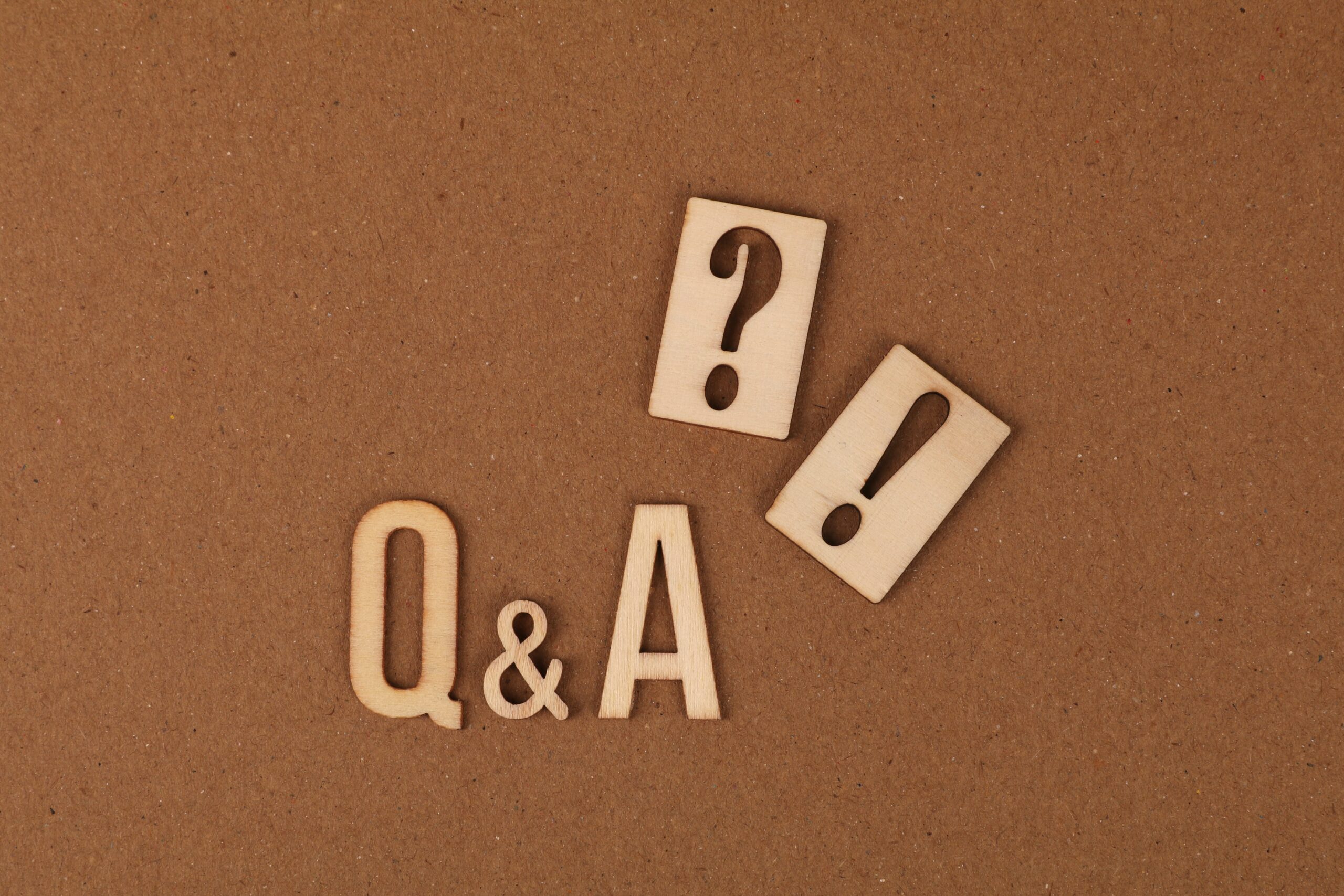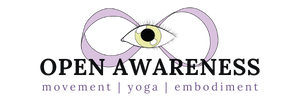
24 Jul Are Yin and Restorative yoga the same?
What is the difference between Yin and Restorative yoga?
In the last blog post I wrote I promised I’d address the common question: What is the difference between Yin and Restorative yoga? Aren’t they the same? Answer: No, they are not the same.
While they are both on the passive end of the yoga asana spectrum, Yin has ambition and the poses involve more intense sensation than the Restorative yoga poses. Let me explain.
Restorative yoga is about opening
Restorative yoga is about opening, not about stretching. We prioritize comfort and use so many props so that the body sends the brain the message “I’m okay just as I am. No goals. I’ll just lie here and be.”
We aren’t trying to stretch ourselves or become something “more” with Restorative yoga. More flexible, more open, more relaxed. We are trying to create the conditions that allow opening and relaxation to occur. Opening and relaxing into the stillness and silence that is within. Minimizing or eliminating stress coming from the body so stress from the mind has space to begin to dissipate and eventually slip away.
Yin yoga is about increasing ROM
Yin yoga is about increasing range of motion in the joint spaces, especially the hips and spine. When practicing Yin, we’re trying to get more flexible. We have an ambition, a goal. We go to our edge, find a place where we feel a tolerable amount of stretch sensation, and hold the shape for 4-5 minutes. The stretch sensation typically becomes achy; it’s really not meant to be comfortable. In fact, part of what we’re practicing is developing comfort within the discomfort.
In Yin we organize our bodies in ways the intentionally stress our joints (a good kind of stress), then invite the body to relax and allow a release. Especially when you’re new to Yin yoga, your body might be sending your brain the message “No!” The brain asks back “No because we’re going to be injured, or no because this is uncomfortable but beneficial?”
This is not always a relaxing exchange, and developing a healthier relationship with intentional stress is inherent, both in the physical stress of the Yin poses and the mental stress of managing and deciding what to do about the sensations you’re feeling in the poses. It’s work!
There are similarities, too
That being said, there are some poses in Yin yoga that might come easier for your body, where you aren’t feeling much sensation and are more so just comfortable, resting in stillness. These poses might fit the Restorative description a bit better.
The Yin yoga classes I teach often have a blend of true Yin poses, meant to stress your joints, and gentler poses meant to open your body in a comfortable way. Because of this, I call them a blend of Yin + Restorative yoga.
Learning relaxation
Although the two styles are different, they both tend to teach the art of relaxation. They certainly both force the practitioner to slow down and enjoy/bear with stillness and quiet, which acquaints us all more intimately with our racing minds. Like all styles of yoga, Yin and Restorative are gateways to more balance and peace. This is why every class ends in savasana – a Restorative posture through and through.
Image by Ann H from Pexels
